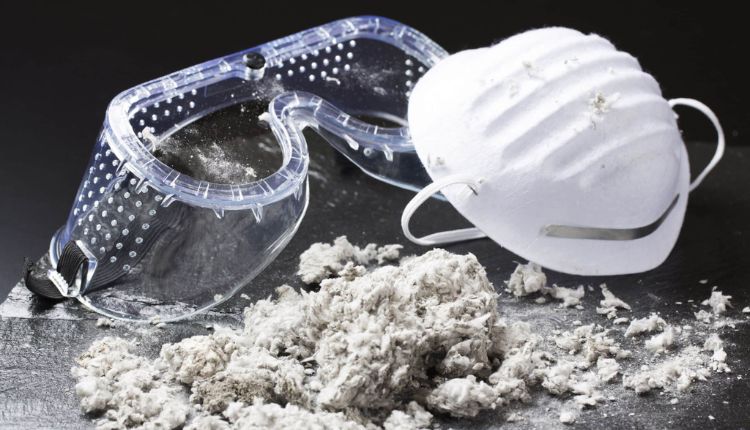Sydney has a history of asbestos use in construction materials. It was widely utilised in various industries and residential buildings due to its desirable properties, such as heat resistance and durability. However, it was later discovered that exposure can have severe health consequences.
The extensive use of this mineral in Sydney’s construction sector, particularly during the mid-20th century, means that many buildings and homes in the city still contain asbestos-containing materials (ACMs). According to a website, it is still found in 33 per cent of Australian homes. That’s when you must do asbestos testing in Sydney for your home and workplace.
In Sydney, where numerous buildings and homes contain this mineral, it is crucial to understand the risks and take necessary precautions to safeguard your health. Read on to learn some of them below.
Protecting Yourself from Exposure at the Workplace:
Exposure in the workplace poses a significant health risk. And taking proactive measures to protect yourself from exposure is crucial. Here are some critical steps to consider:
- Follow Safety Guidelines: Familiarise yourself with safety guidelines specific to your industry and work environment. Strictly adhere to these guidelines at all times to minimise the risk of exposure. It includes following protocols for handling, moving, and disposing of materials that may contain asbestos.
- Personal Protective Equipment (PPE): Wear appropriate PPE when working in areas where exposure is possible. The type required may vary depending on the level of exposure risk. At a minimum, wear disposable coveralls, safety goggles, and gloves to protect your skin, hands, and eyes. Additionally, use a respirator fitted with a high-efficiency particulate air (HEPA) filter to prevent inhalation.
- Proper Handling and Removal:If you encounter damaged or deteriorating materials suspected of containing this mineral, do not disturb them. Notify your supervisor or the appropriate authority responsible for handling asbestos-related issues in your workplace. Only trained professionals should handle and remove such materials to ensure safe procedures are followed.
- Regular Monitoring and Maintenance: Regularly monitor the air quality in your workplace for its particles. Employers should conduct air monitoring tests to ensure safe working conditions. Also, properly maintain and inspect areas containing it to identify any damage or deterioration that may lead to fibre release.
Protecting Yourself from Exposure at Home
This mineral was commonly used in residential construction until the late 1980s, meaning many homes may still contain asbestos-containing materials (ACMs). To protect yourself and your family, it’s essential to take the following precautions:
- Professional Removal:If you have concerns about potential exposure or need assistance managing risks, seek help from licensed professionals. They can provide expert advice, conduct inspections and perform air monitoring tests.
After completing asbestos testing in Sydney, they will guide you through safe removal and disposal. Attempting DIY removal can release dangerous fibres into the air and put you at risk. Professionals have the knowledge, experience, and specialised equipment to safely handle and dispose of such materials.
- Minimise Disturbance:If you suspect the mineral’s presence or know that ACMs are in your home, avoid unnecessary disturbance of these materials. Its fibres become hazardous when they are released into the air and inhaled. Limit activities that can generate dust, such as drilling, cutting, sanding, or demolishing materials containing this mineral.
- Proper Disposal:If you conduct renovations or repairs involving asbestos-containing materials, ensure proper disposal. Contact your local waste management authorities to inquire about regulations and guidelines for disposal. Asbestos waste should be sealed in double bags or containers, clearly labelled, and taken to approved disposal facilities.
Summing Up:
Asbestos exposure remains a significant concern in Sydney due to its historical use in construction materials. It is essential to prioritise safety and take appropriate steps to minimise the risk of exposure whether at home or the workplace. It includes education and training, proper handling and removal procedures, regular monitoring and maintenance, as well as compliance with regulations. By being aware, proactive, and seeking professional help when needed, you can ensure a safer environment for yourself and those around you.

